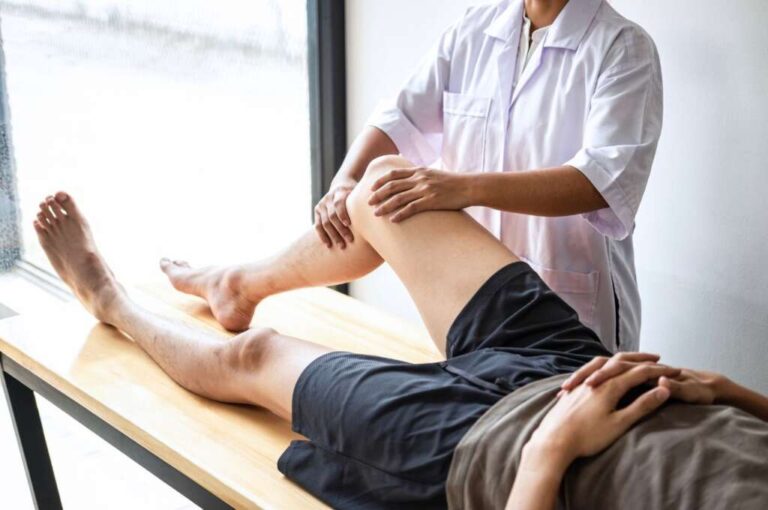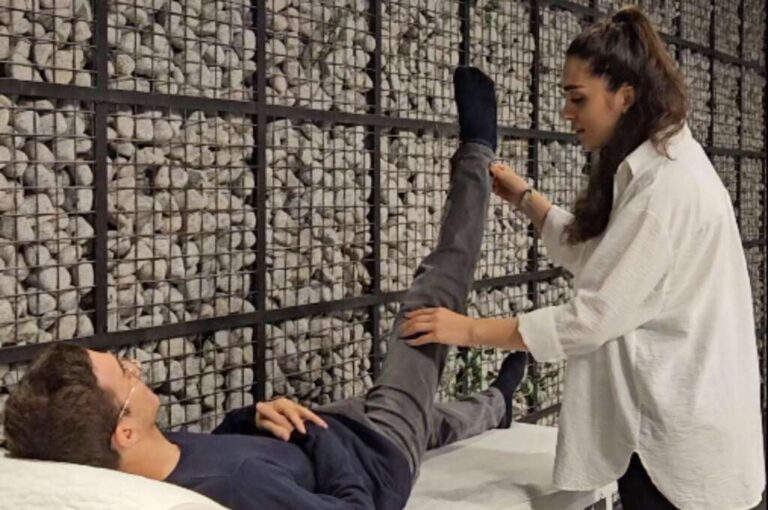Deformity is a general term used to describe abnormalities and curvatures in the bones. Knee deformities, commonly seen in children, are often referred to as “bow legs” or “knock knees” and account for a significant portion of patients visiting pediatric orthopedic clinics. Deformities affecting the hips, feet, and upper extremities can also arise for various reasons.
Proper evaluation of these deformities is essential to determine whether they are part of the normal growth process or caused by trauma, vitamin deficiencies, or other health issues. For instance, deformities that appear during the walking stage in children may often resolve without intervention. However, in individuals with completed bone growth, particularly after trauma, non-surgical correction of deformities is generally not possible. Pathological deformities can lead to joint imbalance in areas like the knees, hips, or ankles, potentially causing long-term issues such as joint wear and tear.
Types and Causes of Deformities
Deformities can be congenital or develop later in life. Deformities that occur later are often the result of diseases affecting bone quality or due to trauma. One of the most common conditions is rickets, caused by a vitamin D deficiency. When vitamin D deficiency is treated, the deformity usually corrects itself, and surgical intervention is not required. However, in some congenital conditions or rapidly worsening curvatures during growth, surgery may be necessary.
In children, leg development follows a natural progression. When they first begin to walk, their legs often appear “bow-legged” (O-shaped), but this typically corrects itself over time, reaching an adult leg shape by the age of five. Families often become concerned during this natural process and take their children to the doctor. If there are no issues with the child’s joints, health, or nutrition, intervention is usually unnecessary. However, parents are guided on how to monitor their child’s leg curvature, using simple methods such as measuring the distance between the knees to track development.




